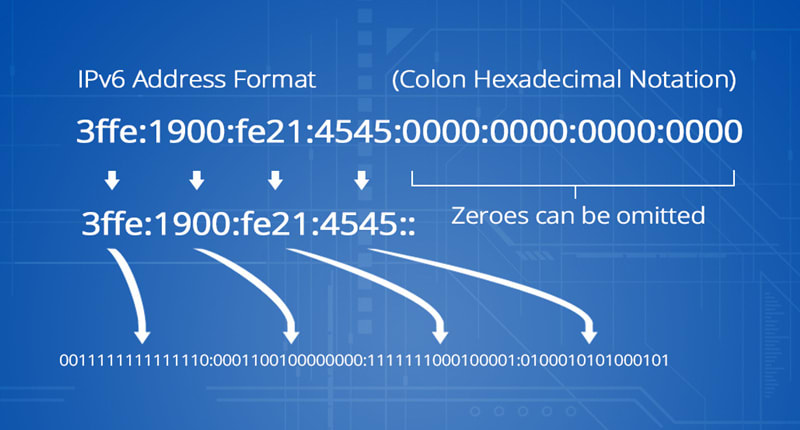1) Transmission of a data across network takes place in the form of data packets. Headers play an important role in the transfer of data. Any data packet can have multiple headers. Three headers transmission is mostly a common thing.
IP Header: It contains the IP addresses of the sender and the receiver, or the source and the destination, alongwith what protocol the data packet is of.
TCP Header: This has information about the port number of the packet.
Ethernet Header: It contains the MAC address of the source and destination machines.
TLS Header: This is present in case the transmission is encrypted through TLS(Transport Layer Security).
2) Class of IP addresses:
Class A: Range: 0-127: Used for large networks. All of them have been used.
Class B: Range: 128-191: Used by MNCs/corporates and some government networks. All of them have been used.
Class C: Range: 192-223: Commonly used by organizations.
Class D: Range: 224-239: Used for multicasting.
Class E:* Range: 240-255: Reserved for experimental usage.
3) The IP address 127.0.0.1 designates the machine someone is working on. This address is referred to as the "loopback address". This is used to test the machine and the NIC card.
4) Private IP addresses: Some IP addresses are to be used within the organization only, for internal workstations and servers only. These IPs ranges are:
10.0.0.0 to 10.255.255.255
172.16.0.0 to 172.31.255.255
192.168.0.0 to 192.168.255.255
5) IPv6:
Compared to IPv4, IPv6 increases the IP address from 32 bits to 128 bits to support larger address demands. The encoding of IPv6 addresses uses a hierarchy similar to CIDR (Classless Inter Domain Routing), which simplifies the routing. Though the IP header size of IPv6 address is 4 times larger than IPv4 address, the IPv6 headers are only 2 times the size of IPv4. This greatly reduces the overhead of packet processing and header bandwidth.




Top comments (0)